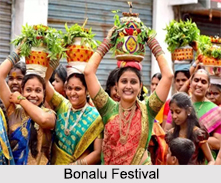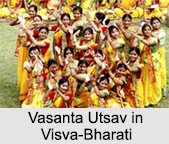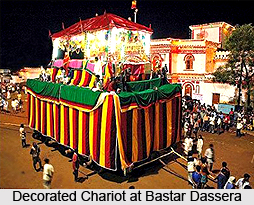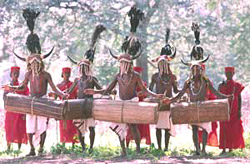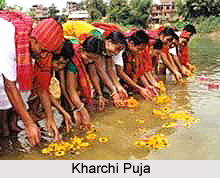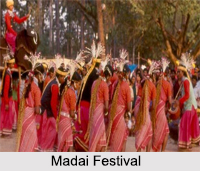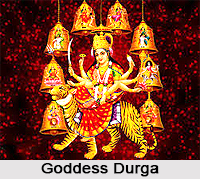 Legends of Navaratri include the mythological reference of the Lord Durga and her power while demolishing the evils. Navaratri is celebrated twice a year. As per the Gregorian calendar, the Chaitra Navratri is celebrated in March-April, while Sharadeya Navratri is celebrated.
Legends of Navaratri include the mythological reference of the Lord Durga and her power while demolishing the evils. Navaratri is celebrated twice a year. As per the Gregorian calendar, the Chaitra Navratri is celebrated in March-April, while Sharadeya Navratri is celebrated.
Mythological Concept of Navaratri
Mahisasura mardini is one of the popular legends of Navaratri. When snows melt in the Himalayas Goddess Parvati comes down to visit mother Earth for nine days. The legend goes that Mahishasura, the mighty demon, worshipped Lord Shiva or Mahadeva and obtained the boon of eternity. He started killing and harassing innocent people and set out to win all the three worlds. The gods appealed to Lord Shiva, to propose a technique a way to get rid of the mighty demon who had been indulging profusely in a reign of terror. In order to shield the world and re establish peace the holy Trinity of Brahma, Vishnu and Shiva united their powers and created a divine female warrior called Goddess Durga. Mahishasura was mesmerized by the beauty of Goddess Durga. He approached her with the intention of marriage. The goddess agreed to marry him, but put a condition that he would have to win over her in a battle. Mahishasura readily agreed. It was a long battle and Goddess Durga beheaded Mahishasura. The nine nights of the battle came to be known as Navaratri, while the tenth day was called Vijayadashmi, as it brought the triumph of good over evil.
Bengali Concept of Navaratri
There is another legend established in West Bengal and entire eastern zone, which says that King Daksha, the king of the Himalayas, had a beautiful daughter called Uma. She wished to marry Lord Shiva. In order to win over the Lord, she worshipped him and pleased him. When Shiva finally came to marry her, the tiger-skin clad groom displeased Daksha and he broke off all the relationships with his daughter and son-in-law. 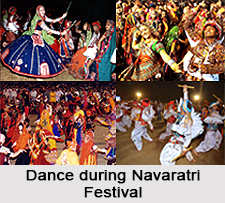 Daksha organized a yajna, but did not invite Lord Shiva. Uma or Lord Durga got so angry at her father`s rude behaviour that she decided to end her life by jumping into the "agni kund" of the yagna, where she was united with eternity. However, she took re-birth and again won Shiva as her groom and peace was restored. It is believed that since then, Uma or Durga comes every year with Ganesha, Kartik, Saraswati and Lakshmi to visit her parent`s home during Navaratri.
Daksha organized a yajna, but did not invite Lord Shiva. Uma or Lord Durga got so angry at her father`s rude behaviour that she decided to end her life by jumping into the "agni kund" of the yagna, where she was united with eternity. However, she took re-birth and again won Shiva as her groom and peace was restored. It is believed that since then, Uma or Durga comes every year with Ganesha, Kartik, Saraswati and Lakshmi to visit her parent`s home during Navaratri.
Ramayana Concept of Navaratri
Another legend relates in Ramayana, Indian epic that Lord Rama worshipped Goddess Durga in nine aspects, for nine days, in order to gather the strength and power to kill demon Ravana. He wanted to release Sita from his clutches. Those nine nights became to be known as Navaratri and the tenth day, on which Lord Rama killed Ravana, came to be called Dussehra.
